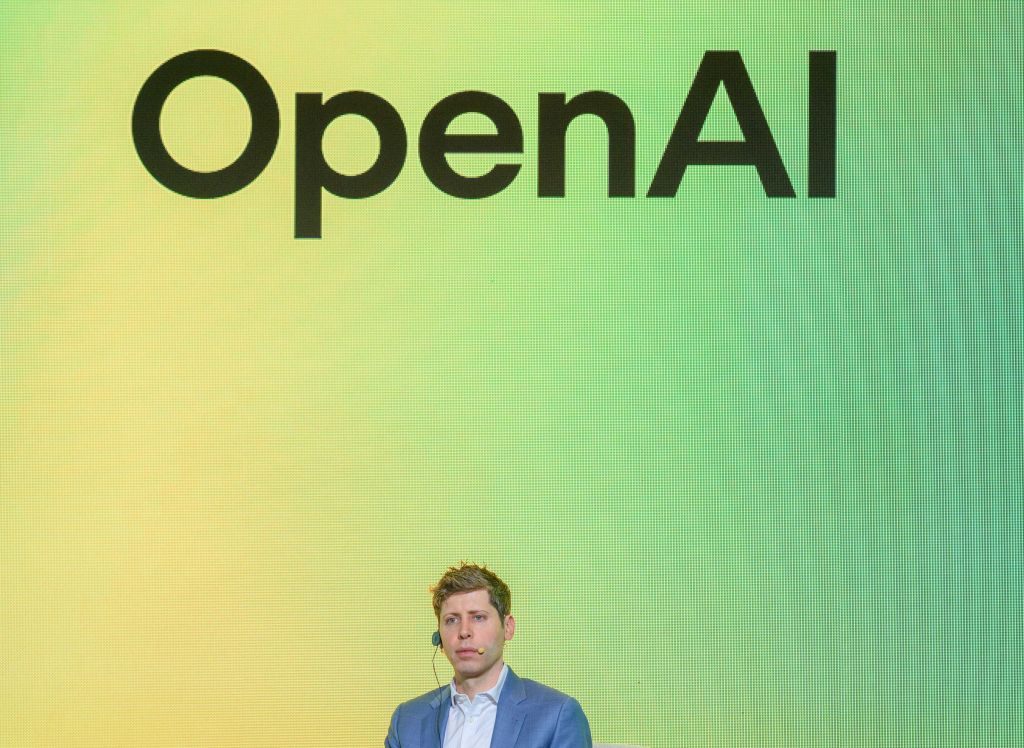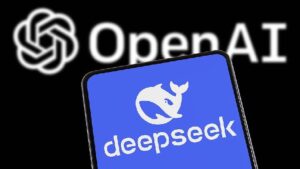OpenAI Requests Trump to Halt State AI Regulations in Return for Model Access

Introduction to the Situation
AI technology is rapidly evolving, and various organizations are grappling with its regulatory landscape. OpenAI, a leading AI research organization, has approached former President Donald Trump with a unique proposal that could have significant implications for the policies governing artificial intelligence at the state level.
The Proposal from OpenAI
Key Elements of the Proposal
OpenAI has reportedly suggested that Trump take steps to block state-level regulations on AI in return for greater access to its advanced models. This proposition has raised both eyebrows and concerns within the tech community and among policymakers. Here are some of the main points of the proposal:
- Access to Advanced Models: OpenAI aims to provide its AI models to organizations and entities that adhere to its guidelines. By negotiating with Trump, they are looking to streamline access to these powerful tools.
- Opposition to State Regulations: The organization is concerned that various state regulations might hinder its operational capabilities. By blocking these rules, AI companies like OpenAI believe they can innovate and grow more freely without being bogged down by diverse state laws.
- Strategic Engagement: OpenAI’s approach appears to be an attempt to navigate the complex political landscape by engaging with a prominent figure in the Republican Party who can influence public policy.
Implications of the Proposal
Potential Benefits
There are both potential advantages and drawbacks to this kind of proposal. Here are the highlighted benefits:
- Encouraging Innovation: By reducing regulatory hurdles, companies can rapidly develop and deploy AI technologies without excessive oversight.
- Standardizing Regulations: A federal-level framework could create uniformity across states, making it easier for companies to operate.
- Fueling Economic Growth: With fewer restrictions, companies can invest more in research and development, potentially leading to breakthroughs in AI.
Possible Concerns
While the benefits are noteworthy, several issues may arise from this arrangement:
- Lack of Oversight: Reduced regulation can lead to the development of AI technologies without adequate ethical considerations, increasing the risk of misuse.
- Political Motivations: Critics may argue that such proposals are more about consolidating power than about the betterment of society or technology.
- Public Trust: The impression of AI companies negotiating with political figures could erode public confidence in the technology sector’s commitment to ethical practices.
OpenAI and its Role in the AI Landscape
OpenAI’s Objectives
OpenAI was created with the mission to ensure that artificial intelligence benefits all of humanity. This mission shapes their approach to partnerships and policy advocacy. Key aspects include:
- Promotion of Safe AI: OpenAI prioritizes safety and ethics in AI development. By engaging with political leaders, they hope to foster an environment that values responsible AI use.
- Transparency: OpenAI works to communicate the capabilities and limitations of its AI systems to the public to cultivate informed discussions about technology’s role in society.
The Current Landscape of AI Regulation
AI regulation is a complex and evolving subject. Different states have been developing their own rules regarding AI, which can vary dramatically, creating a patchwork of regulations. Some current trends in AI regulation include:
- Data Privacy Laws: Many states are implementing laws focused on how data is collected, stored, and used.
- Bias and Fairness: There is increased scrutiny over AI algorithms to ensure they are free from bias and do not perpetuate existing inequalities.
- Accountability: As AI becomes more autonomous, questions about accountability for AI decisions are leading to discussions about who is liable when things go wrong.
Conclusion
OpenAI’s proposition to Donald Trump represents a notable intersection of technology, politics, and regulation. As discussions continue, the outcome could shape the future of AI deployment and regulation across the United States. Understanding the ramifications on both sides—corporate and public—is crucial in navigating this rapidly changing landscape.





